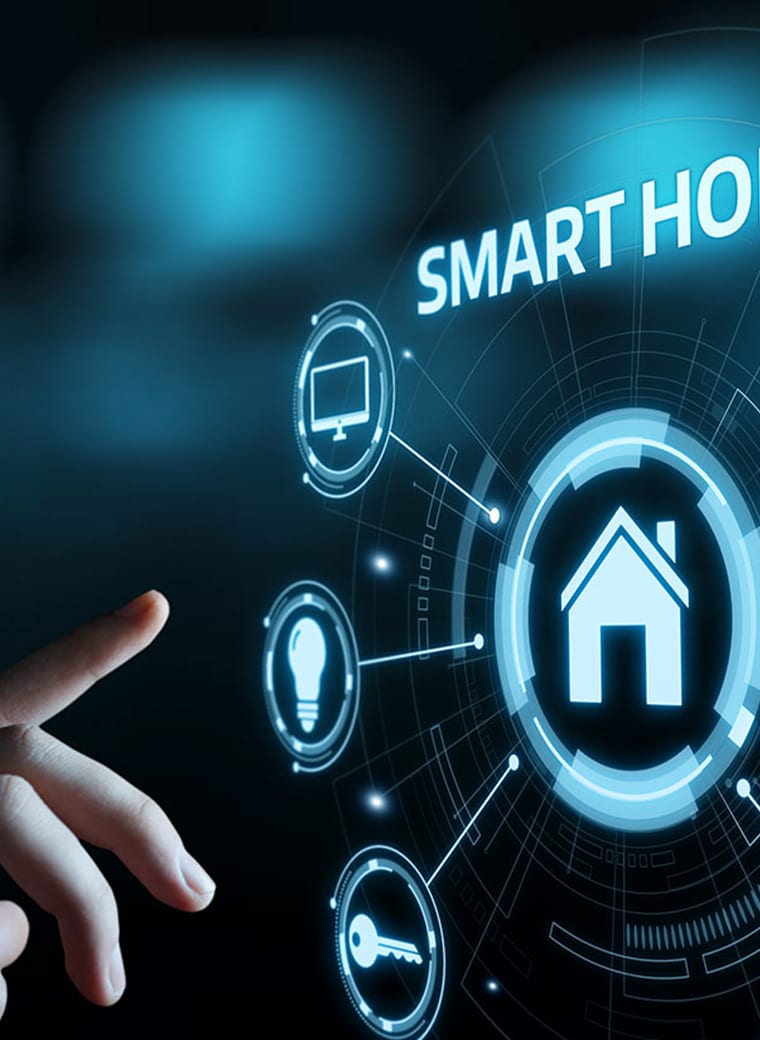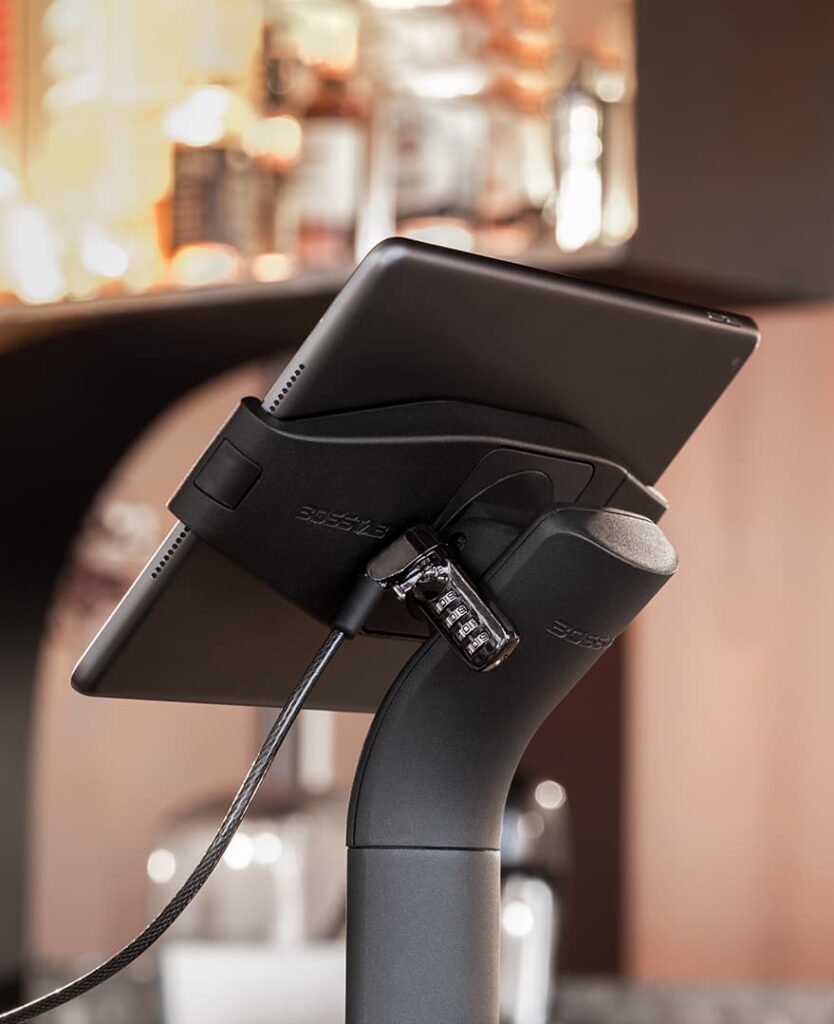Free shipping on all US orders over $100.
Support
Ready to upgrade to a smart home?
Two years later, his words ring true. Courtesy of smart speakers and an increasing array of smart products, the home is now more connected than ever before as adoption of connected devices and appliances continues to rise.
So, if you’re among the many who are looking to upgrade to a smart home, here’s a quick insight on adopting smart tech without breaking the bank.

A smart home definition
A smart home is a property that is automated to adapt to its natural environment. It sees appliances and fixtures or fittings (like blinds, lighting and security systems) connect with each other on a network to operate automatically or on demand.
In addition, many of these items have sensors which enable them to respond to their surroundings. This allows things like lights to turn on when it gets dark or when a person enters a room.
Ultimately, a fully streamlined smart home will be controlled by one central hub and/or app. Meanwhile voice assistants (Google Assistant, Siri, Bixby etc) and smart speakers (Amazon Echo, Google Home etc) allow the hub and smart home to be controlled by voice command.
Traditionally smart homes were costly to install due to the networking infrastructure and wiring required, but that’s all changing as smart technology improves and becomes more wireless and mobile.

The rise of the smart home
Smart speakers such as Amazon Echo and Google Home have been among the main drivers of smart home adoption.
In 2018, 28 per cent of US households owned a smart speaker, according to Statista. This year that’s expected to rise to 40 per cent and by 2025 it will increase to 75 per cent.
Countries like Australia are also seeing increasing take-up of these devices. At the end of 2018, 5.7 million Australians owned smart speakers, accounting for 29.3 per cent of the adult population, according to Voicebot.ai, and adoption is increasing.
Meanwhile, voice assistants like Google Assistant, Siri and Alexa are also contributing to the smart home rise. These assistants, which are available in smart speakers, smart phones, tablets and computers allow people to control their smart homes and appliances by voice command and they are improving at a rapid rate.
In fact, at CES this year, Google unveiled major smart home improvements for Google Assistant including easier smart home set-up features, scheduled actions, and compatibility with an extensive suite of additional smart home products.
Breaking it down
Smart home technology is generally broken into a series of areas:
Lifestyle and ambience – Including music, TV control and lighting
Security – Such as automated locking, security cameras, door intercoms, and alarms
Environment and temperature – Air-conditioning, heating, motorized blinds, automated ventilation, skylights and windows
So where do you start?

Where to begin
If you’re looking to embrace a smart home, education is critical. There are a wealth of products out there all claiming to be smart, but some don’t play ‘nicely’ with others.
But to get you started, here’s a few tips…
Know your network
Smart home products communicate through a series of different languages (or networks). These include mesh networks like Z-Wave and Zigbee, through general Wi-Fi and also Bluetooth.
If you’re looking for a full smart home set-up, Z-Wave is the technology you’re probably looking for.
It’s based on a mesh network that gets stronger when more appliances are added, and communication between devices occurs independently of the internet. It’s also considered more secure than the open-source mesh network that is Zigbee.
The hub
The best smart homes rely on one single app to control them, and chances are you’re also going to want to add voice activation so you can control your home with a simple voice command.
Controlling your home generally starts with a hub that connects all your devices together in one easy to use platform. Some smart home hubs are like routers, while others are simple apps like Apple HomeKit.
Google Home is considered a hub, along with Amazon Echo and its accompanying Alexa app. There are also further options like Nest, Samsung SmartThings Hub, Fibaro and many many more.
The key things to look for in a hub include the language it speaks (network), compatibility with devices and how many you can feasibly connect. This allows you to add things over time.
Meanwhile, also consider which voice assistant they work with – some are compatible with Google Assistant, others with Alexa and others with Siri or Bixby.
Compatible appliances and devices
Once you’ve settled on the communications network and hub, you need to opt for appliances, sensors and activators which are compatible with them. This ensures devices on a network talk to each other.
It also allows you to set scenes where a series of actions within a home are triggered. Ie: lights come on music starts and the blinds close all at once.
Then start by focusing on the areas you see as the greatest priority, whether that’s lighting, security, entertainment or temperature control, adding smart products to your home as you see fit.
The final word
The smart home is no longer a futuristic fantasy. It’s coming to a home near you. The key to adopting it affordably is by starting with a solid network and hub, then expanding into the products and features that suit your needs.









